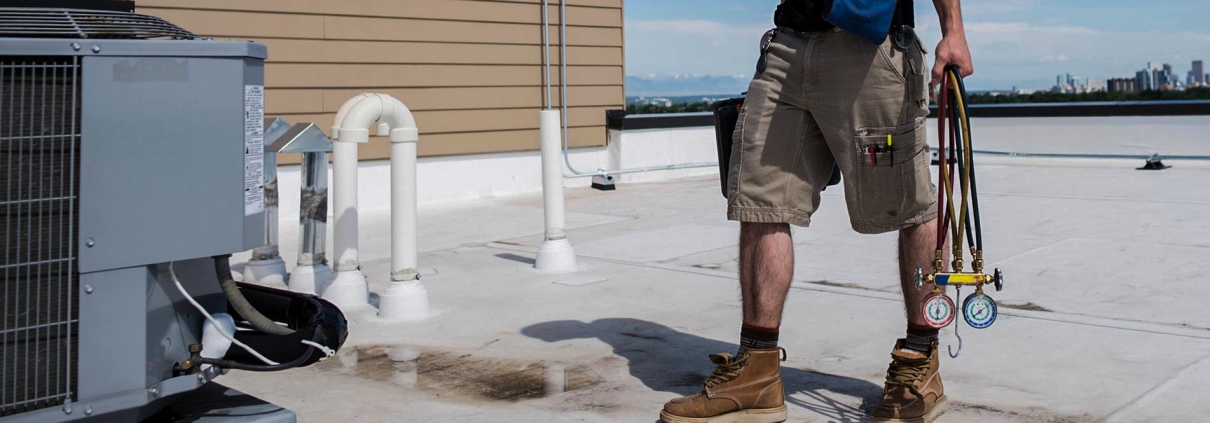A brief introduction of capacitive pressure sensor
The ceramic capacitive pressure sensor uses a ceramic diaphragm as a pressure-sensitive element. The ceramic diaphragm and the ceramic substrate are respectively made into the two poles of the capacitor. When external pressure acts on the ceramic diaphragm, the ceramic diaphragm is deformed and the distance between the two poles changes, resulting in a change in capacitance, and then through a specific ASIC conditioning chip to output a standard voltage signal.
The structrue of the Capacitive pressure sensor
Ceramic capacitive pressure sensor mainly consists of two parts: ceramic substrate and ceramic diaphragm in structure. The ceramic diaphragm and ceramic substrate are sintered together with high-temperature molten glass to play a sealing role. Electrode patterns are printed on the inside of the ceramic substrate and the ceramic diaphragm to form a variable capacitor. When the measured external pressure is transmitted to the ceramic diaphragm through a special channel, the capacitance between the ceramic substrate and the ceramic diaphragm will change with the pressure, and then specific ASIC conditioning chip converts the measured capacitance signal into a voltage signal through a set conversion equation.
Ceramic capacitor technology has the advantages of moderate cost, good corrosion resistance, and strong media compatibility. Pressure sensors using ceramic capacitors as pressure-sensitive components are widely used in pressure detection of water, gas, and liquid media. It is especially suitable for the harsh working environment of automobile systems, for air-conditioning pressure, air brake pressure, oil pressure, exhaust back pressure and transmission pressure.



